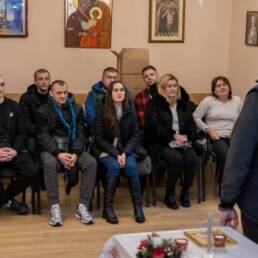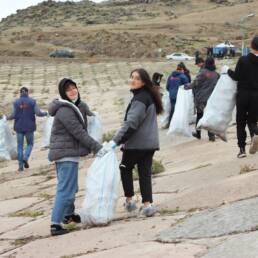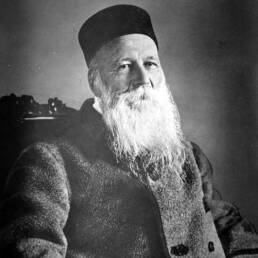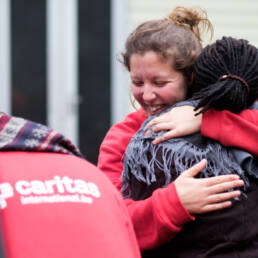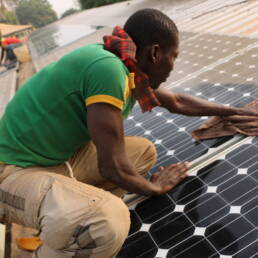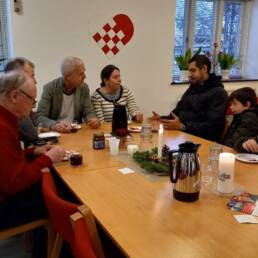Author
Patrick Debucquois
Secretary General
Caritas Belgium (French and German speaking communities)
As is obvious for many, a new wind is blowing in the Vatican, to the extent that some are speaking about a ‘new spring’, recalling the aggiornamento (update) of the second Vatican Council (Vatican II) in the years 1962 to 1965.
Two or three questions may be asked in this respect:
- How deep are the present changes, and how desirable are they?
- Are they sustainable?
However, some clarification is needed before those questions are answered.
1. What is the Catholic Church?
The Catholic Church is, undoubtedly, a major institution, but unlike others, it has a unique nature: it is both a State actor, the Vatican City State being internationally recognised as such, and the largest civil society network in the world with its estimated 1.2 billion members in 2012.
This last qualification may however appear as contradicting the first one. This is probably one of the reasons why the European Union decided, in the Lisbon Treaty, to include a separate provision on the dialogue with ‘Churches and religious associations or communities’ (art. 17 TFEU), distinct from the general provisions of art. 11 on civil dialogue and participatory democracy.
Beyond this double nature, the Catholic Church should also be considered from another perspective as it cannot be reduced to a mere organisation: according to its own representation, it also defines itself as the ‘mystic body of Christ’, the full meaning of this definition being only accessible through theology and spirituality.
Given this manifold definition of the Catholic Church, it is now clear that the two questions under review are likely to receive different answers.


